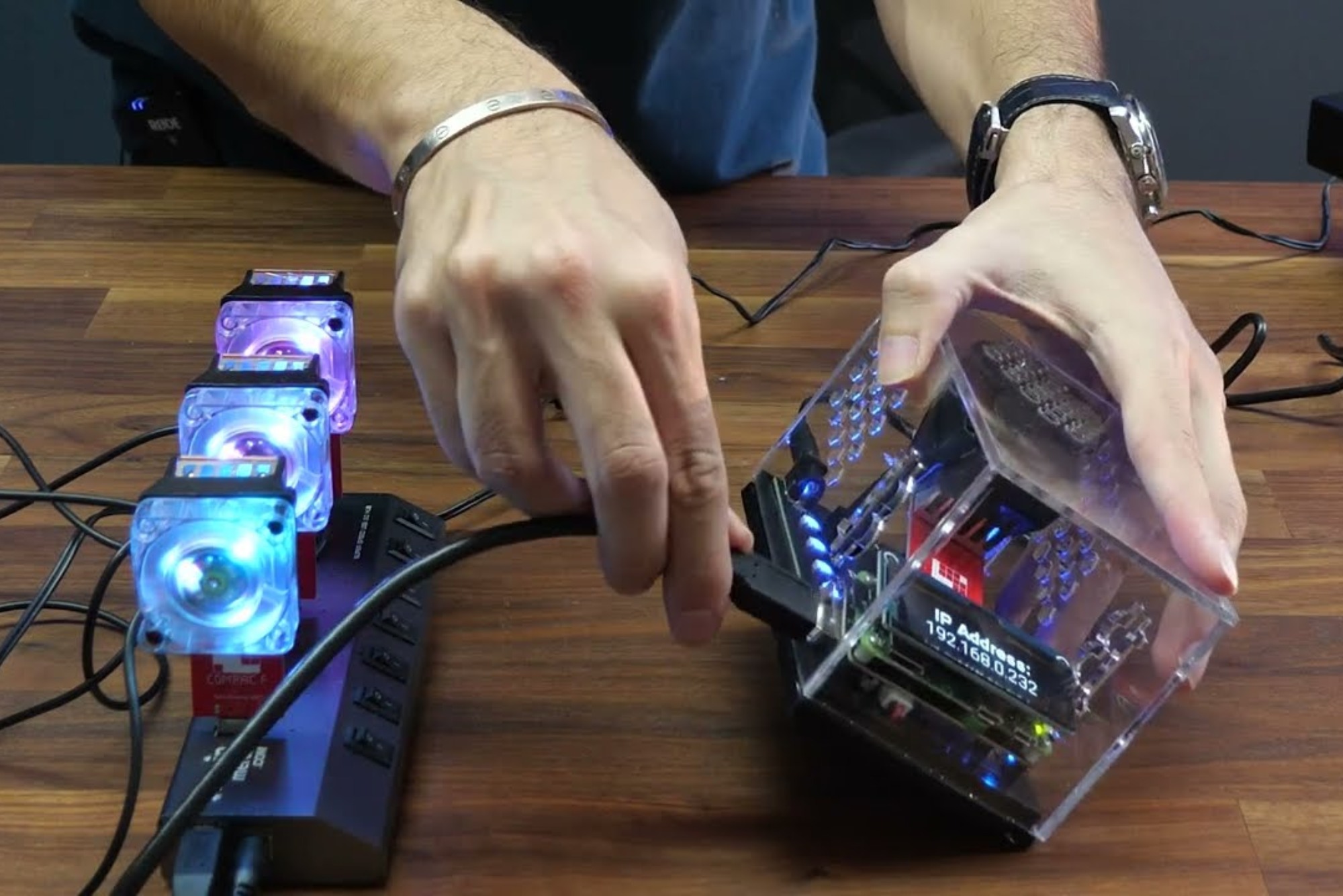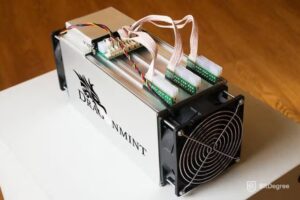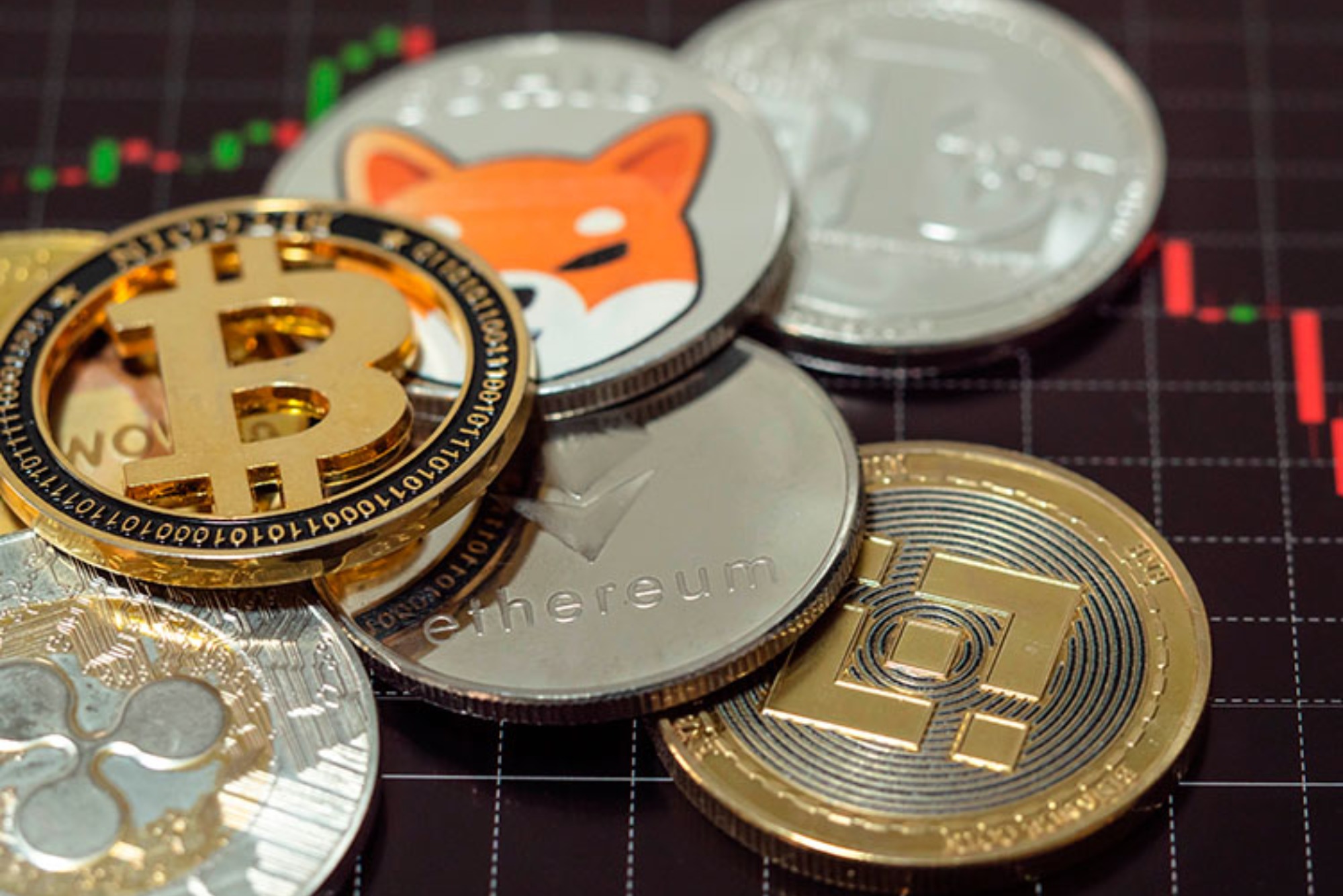How to Mine Cryptocurrency Solo
Solo cryptocurrency mining refers to the process of mining digital currencies independently, without joining a mining pool. While solo mining can be rewarding for experienced miners, it requires significant computational power and technical expertise. In this guide, we’ll walk you through the steps to start solo mining cryptocurrency, from setting up your hardware to configuring mining software.
Understanding Solo Mining
Solo mining involves competing with other miners to solve complex mathematical puzzles and validate transactions on a blockchain network. Miners who successfully solve a puzzle are rewarded with newly minted coins and transaction fees. Unlike pool mining, where miners combine their computational resources to increase their chances of finding a block and share rewards, solo miners operate independently and keep all rewards for themselves.
Step-by-Step Guide to Solo Mining
Choose the Right Cryptocurrency
Select a cryptocurrency that is suitable for solo mining and offers profitability and potential rewards. Consider factors such as network difficulty, block rewards, and market value when choosing a cryptocurrency to mine.
Set Up Mining Hardware
Acquire and set up mining hardware, such as ASICs (Application-Specific Integrated Circuits) or GPUs (Graphics Processing Units), depending on the algorithm used by the cryptocurrency. Ensure that your hardware is capable of providing sufficient computational power to compete with other miners on the network.

Install Mining Software
Download and install mining software compatible with your hardware and the chosen cryptocurrency. Configure the mining software to connect to the cryptocurrency network and start mining solo. Popular mining software includes CGMiner, BFGMiner, and Claymore’s Miner.
Join the Cryptocurrency Network
Connect your mining rig to the cryptocurrency network by running a full node or joining a node maintained by the cryptocurrency community. Ensure that your node is synchronized with the latest blockchain data to participate in mining and validate transactions.
Start Mining
Launch your mining software and start solo mining cryptocurrency. Monitor your mining rig’s performance, hash rate, and energy consumption to optimize efficiency and maximize rewards. How to Mine Cryptocurrency Solo Be prepared for fluctuations in mining difficulty and adjust your mining strategy accordingly.
Secure Your Rewards
Once you successfully mine a block, you’ll be rewarded with newly minted coins and transaction fees. Ensure that you secure your rewards by setting up a secure wallet to store your mined cryptocurrency safely.
Considerations and Challenges
Solo mining cryptocurrency comes with its own set of considerations and challenges. These include:
- High Competition: Solo mining requires significant computational power to compete with other miners on the network and find blocks independently.
- High Volatility: Cryptocurrency mining is subject to market volatility, with fluctuations in network difficulty, block rewards, and coin prices affecting mining profitability.
- Technical Expertise: Solo mining requires technical expertise in hardware setup, software configuration, and network maintenance, making it challenging for novice miners.
Despite these challenges, solo mining can be rewarding for experienced miners who have the necessary resources and skills to succeed in the competitive cryptocurrency mining landscape.
Digital Rupee Cryptocurrency
Digital Rupee cryptocurrency by the Indian government, aiming to digitize the country’s fiat currency, the Indian Rupee (INR). The Digital Rupee initiative seeks to leverage blockchain technology to enhance financial inclusion, reduce transaction costs, and combat counterfeit currency. While details about the implementation and launch of Digital Rupee remain speculative, it has the potential to revolutionize India’s financial landscape and accelerate the adoption of digital payments in the country.





